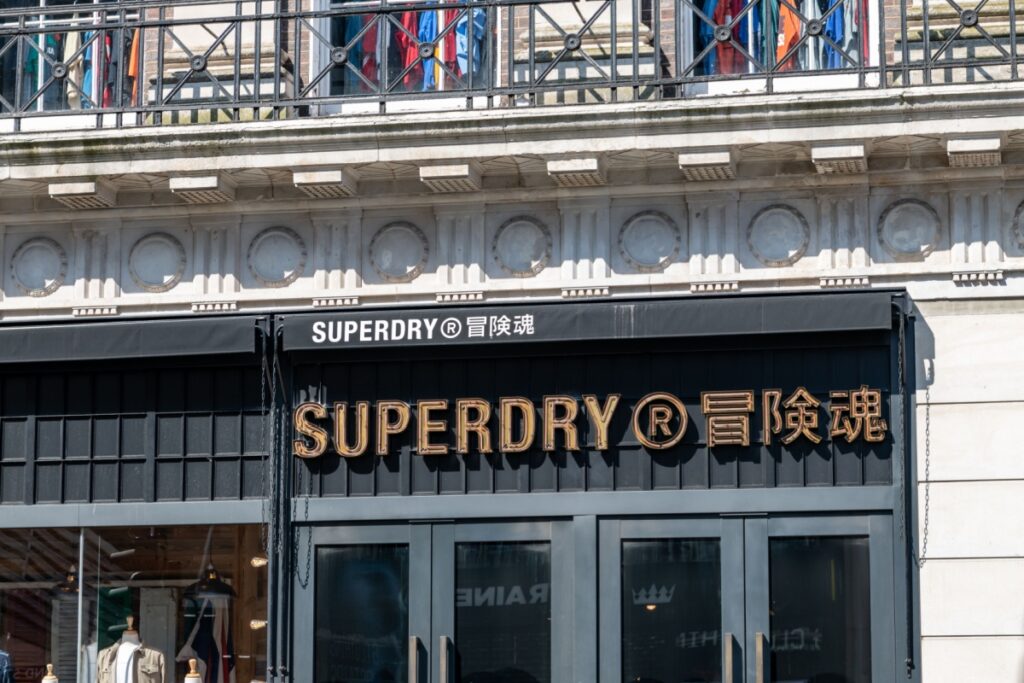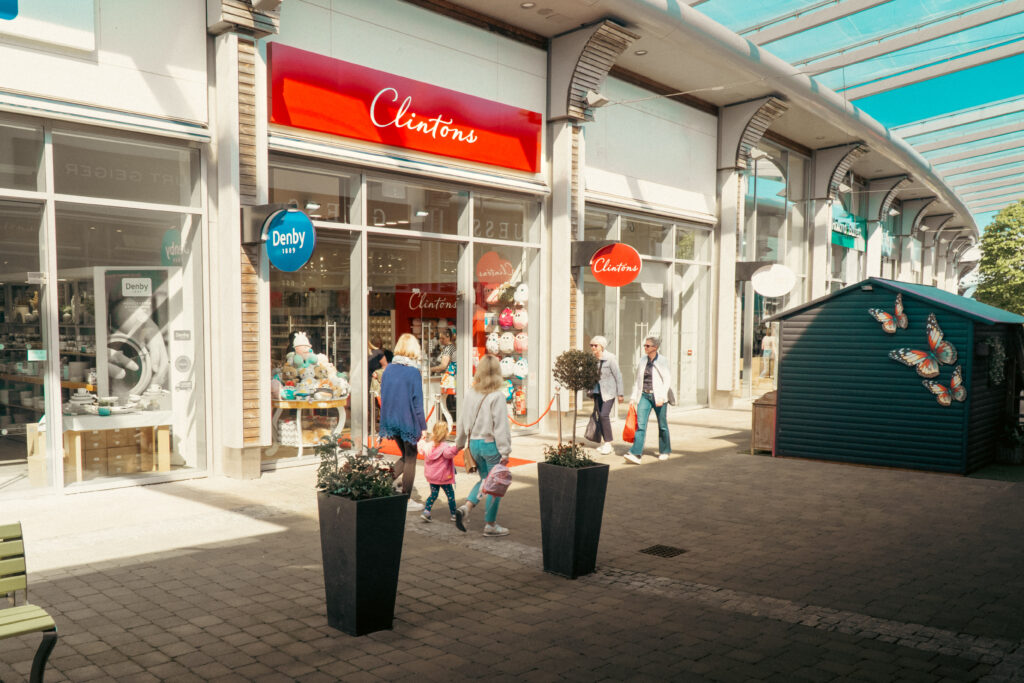Impressive sustainability progress against internally established targets has been set and achieved by many businesses, including retailers, across the globe. But to what effect?
Climate change seems to be continuing apace with worsening, well-documented symptoms in the form of warming oceans, dying coral reefs, shrinking ice shelves, disappearing species and worsening air quality.
The economic costs to society, of extreme weather events and poor air quality, are already affecting us all.
The retail sector is by no means immune from these challenges, becoming less able to rely on natural resource supplies that are fundamental to product development and transportation, or to count on regular seasonal weather patterns when organising apparel buying plans, for example.
As droughts affect cotton production and prices in one part of the world, flooding shuts down production in another.
So, it is sensible to reflect on what more we can do, as responsible and vested businesses, to avert these impacts. Not simply to “do good”, but for the long-term viability of our businesses.
Hammerson has invested significant time and resource in its sustainability programme Positive Places over the last 10 years, to overall good effect – not only in terms of impacts on the environment and local communities, but also commercially. It has reduced operational costs not only for itself but also for its retail and leisure tenants, reduced medium-term energy and carbon pricing risks, and built strong and positive relationships with its stakeholders.
Hammerson’s carbon emissions have fallen substantially, waste management is transformed from where it was 10 years ago and renewable electricity installations are springing up around its assets. The company has also delivered four BREEAM Excellent development schemes in the last three years and with the net zero energy Costa EcoPod, produced one of the first commercial buildings to generate sufficient clean energy to power its operation.
CLICK HERE to read other comment pieces
However, while a good track record it still isn‘t enough.
The Paris Climate Change Agreement reached at COP 21 acknowledges the importance of keeping climate change to within 2C and provided rarely-seen, unified international political support for action on climate change.
Unfortunately, all the research shows that what we are currently doing is simply not enough to achieve this. If all the sustainability-aware corporates hit published sustainability targets, we will still overshoot 2C of climate change. It therefore makes sense for those who are in a position to do so, to consider the potential sustainability risks that may impact their own operations, and identify areas where they can enact the most positive change. Furthermore, it is not enough anymore for businesses to draw a boundary around what we directly control and claim everything outside that is not our responsibility. We must consider ways to bring others on board and account for broader sector impacts too.
Hammerson‘s response is to set a comprehensive Net Positive target for the business. In addition to its substantial Socio-Economic Net Positive goals, it has the objective of reducing carbon emissions, water demand and resource use to less than zero over the next 15 years.
This Net Positive target does not only include those impacts that Hammerson directly manages, but also tenanted areas across its shopping centre portfolios. While it does not control emissions from the tenanted areas, Hammersons does some influence through the leases, standards it sets and its working relationships with the retailers. The impacts it ultimately cannot eliminate will be offset through relevant, related
RELATED STORIES

















